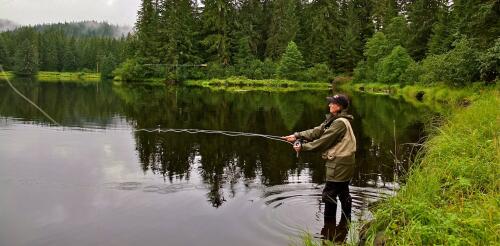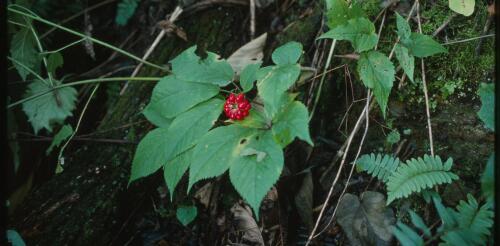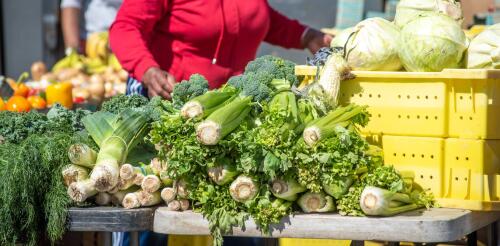Conservation
Summer and fall are prime times for getting outdoors across the U.S. According to an annual survey produced by the outdoor industry, 55% of Americans age 6 and up participated in some kind of outdoor recreation in 2022, and that number is on the rise. However, the activities they choose are shifting. Over the past century, participation has declined in some activities, such as hunting, and increased in others, like bird-watching. These shifts reflect many factors, including demographic trends and urbanization. But outdoor activities also have their own cultures, which can powerfully affect how participants think about nature. As scholars who think about organizational theory, management and entrepreneurship, we are interested in understanding effective ways to promote social change. In a recent study, we analyzed the work of the nonprofit group Trout Unlimited, which centers on protecting rivers and streams across the U.S. that harbor wild and native trout and salmon. We f...
Rivers have been the lifeblood of human civilization throughout history, and yet we know surprisingly little about what lives in many of them – including the giant creatures that prowl their depths. While we know the biggest animal in the ocean is the blue whale and the largest marine fish is the whale shark, the identity of the world’s largest freshwater fish species long remained a mystery. Until 2022, that is, when fishers in Cambodia caught a giant freshwater stingray in the remote reaches of the Mekong River. Weighing an astounding 661 pounds, the stingray surpassed by 15 pounds a giant catfish caught in Thailand in 2005 that had previously been considered the unofficial record holder. The discovery marked a milestone in fish biologist Zeb Hogan’s more than two-decade quest to study and protect giant freshwater fish. As a group, these megafish are among the most endangered animals on the planet. The world’s largest fresh...
Across Appalachia, September marks the start of ginseng season, when thousands of people roam the hills searching for hard-to-reach patches of this highly prized plant. Many people know ginseng as an ingredient in vitamin supplements or herbal tea. That ginseng is grown commercially on farms in Wisconsin and Ontario, Canada. In contrast, wild American ginseng is an understory plant that can live for decades in the forests of the Appalachian Mountains. The plant’s taproot grows throughout its life and sells for hundreds of dollars per pound, primarily to East Asian customers who consume it for health reasons. Because it’s such a valuable medicinal plant, harvesting ginseng has helped families in mountainous regions of states such as Kentucky, West Virginia, Tennessee, North Carolina and Ohio weather economic ups and downs since the late 1700s. Most harvesting takes place in Appalachia’s long-enduring forest commons – forests across the region that histo...
For the 20th time since 1933, Congress is writing a multiyear farm bill that will shape what kind of food U.S. farmers grow, how they raise it and how it gets to consumers. These measures are large, complex and expensive: The next farm bill is projected to cost taxpayers US$1.5 trillion over 10 years. Modern farm bills address many things besides food, from rural broadband access to biofuels and even help for small towns to buy police cars. These measures bring out a dizzying range of interest groups with diverse agendas. Umbrella organizations like the American Farm Bureau Federation and the National Farmers Union typically focus on farm subsidies and crop insurance. The National Sustainable Agriculture Coalition advocates for small farmers and ranchers. Industry-specific groups, such as cattlemen, fruit and vegetable growers and organic producers, all have their own interests. Environmental and conservation groups seek to influence policies that affect land use and sustaina...
More than half of all people on Earth live in cities, and that share could reach 70% by 2050. But except for public parks, there aren’t many models for nature conservation that focus on caring for nature in urban areas. One new idea that’s gaining attention is the concept of food forests – essentially, edible parks. These projects, often sited on vacant lots, grow large and small trees, vines, shrubs and plants that produce fruits, nuts and other edible products. Atlanta’s Urban Food Forest at Browns Mill is the nation’s largest such project, covering more than 7 acres. Unlike community gardens or urban farms, food forests are designed to mimic ecosystems found in nature, with many vertical layers. They shade and cool the land, protecting soil from erosion and providing habitat for insects, animals, birds and bees. Many community gardens and urban farms have limited membership, but most food forests are open t...




